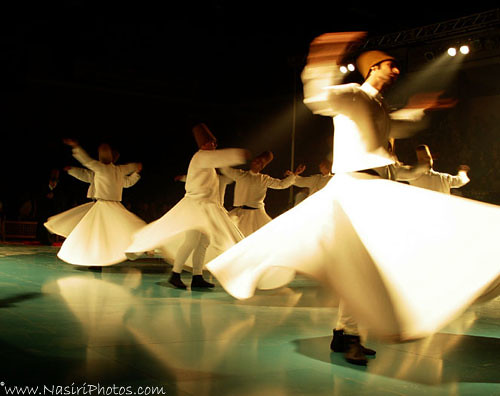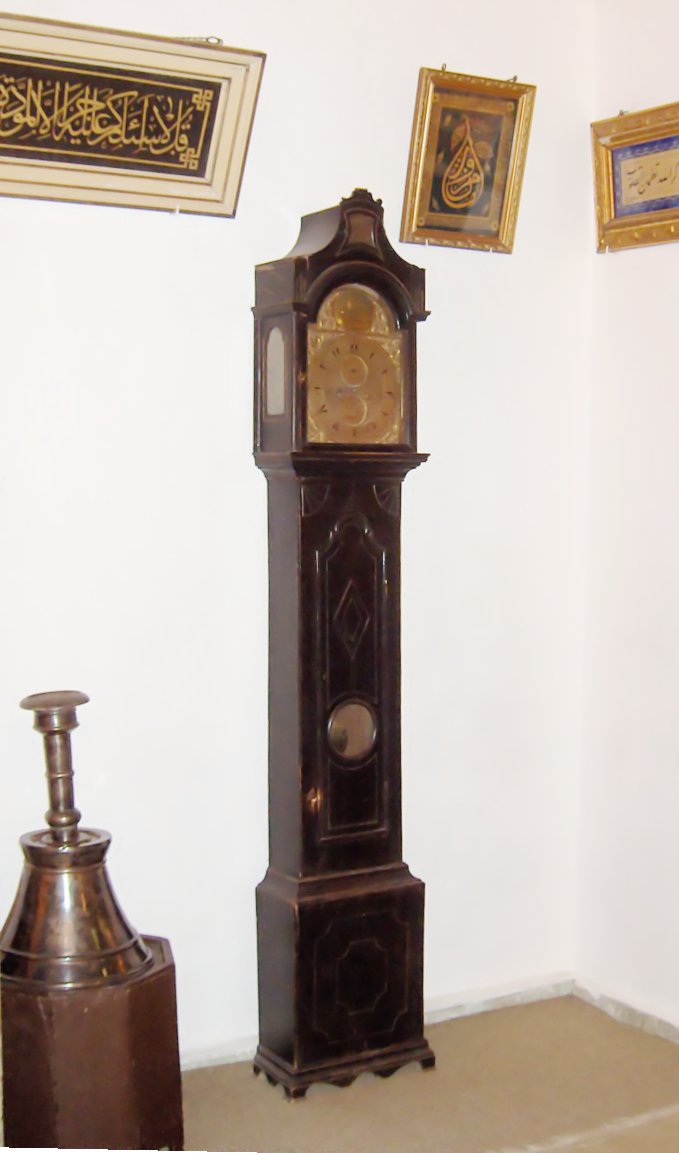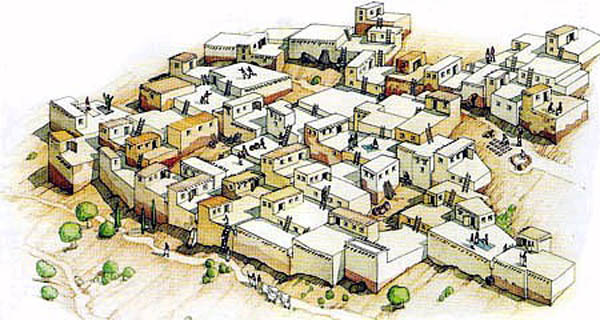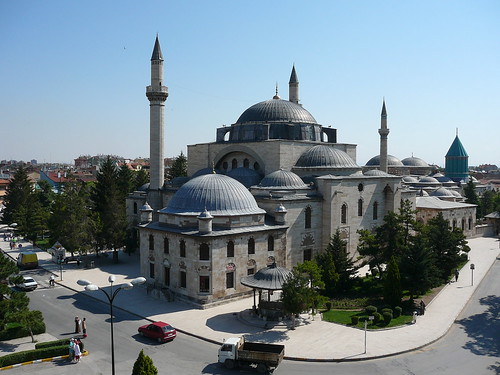Central Anatolia
Situation and Importance
This famous oasis bordering the mountains and a former capital of the Seljuk Empire lies at the heart of the Anatolian steppes. Major irrigation projects have created fertile land around the city and produce includes fruit, vegetables and sugar beet. Wheat is the main crop and rearing livestock also plays an important part in the local economy, in particular Anatolian fat-rump sheep. As early as the 13th century Konya was making carpets. It was the first carpet-making center in the Islamic world and even Marco Polo enthused over the quality of the product. Konyan carpets with their pastel shades and floral patterns are today regarded as the finest in Turkey.
The busy market town which stands at a major crossroads and also on the Baghdad railroad line has become one of the most important industrial centers of central Anatolia. The town has been a national place of pilgrimage (Mevlana) for many hundreds of years and despite economic progress, the population remains steeped in the old traditions. With its strong oriental links, the lively bazaar and important buildings, Konya is well worth a visit.
History
The citadel in the town center would appear to have been settled since the Anatolian Copper Age (3500-3000 B.C.) and the Phrygians are thought to have established the first settlement. Konya's old name was Ikoneum (Iconium), which according to a legend of Perseus and Medusa dates from this period. Under Roman rule Iconium belonged to a number of different provinces. It was one of the first towns to adopt Christianity and Barnabas and Paul both stayed in the town (Acts 14:1). The latter met Thekla (later St Thekla) the merchant's daughter here. The Seljuks were responsible for advancing the city's fortunes. In the course of the ninth century this Turkish tribe advanced from the Aral Sea to make Ikoneum the capital of their empire which was soon to embrace a large part of Asia Minor. Despite some fierce struggles Konya sought greater cultural independence from Byzantium. The Crusades also impinged on Konya. On May 26th 1190 during the Third Crusade Frederick "Barbarossa" captured the town and his son Frederick took control of the whole city apart from the castle. Konya enjoyed a period of great prosperity under the well-known sultan Alaeddin Kaykobad (1219- 1237) who had learnt something of western culture in Constantinople. In 1221 Konya's fortifications were rebuilt using ancient building materials. 108 towers endowed by the empire's wealthy benefactors reinforced the wall only a few fragments of which remain today. A series of magnificent mosques, medrese and caravanserais were constructed in the town. Alaeddin's court became a center for scientists, poets (preferably Persian) and artists who were responsible for the Byzantine and Persian buildings and enamel tiles. But the decline began under the sultan's son who had his father murdered and in 1307 the last Seljuk ruler was killed by the Mongols.
In 1320 the now powerful emir from the neighboring principality (see Karaman) made Konya his capital and the tradition of glittering architectural showpieces received new impetus. The Ottoman interregnum (Bayazit I from 1397) ended the rule of the Mongol Timur in favor of the Karamans, before Konya finally succumbed to the Ottomans in 1466. After a long peaceful phase the city was occupied for at time by the rebellious Egyptian viceroy Mehmet Ali. Konya is the seventh largest city in Turkey.
















Situation and Importance
This famous oasis bordering the mountains and a former capital of the Seljuk Empire lies at the heart of the Anatolian steppes. Major irrigation projects have created fertile land around the city and produce includes fruit, vegetables and sugar beet. Wheat is the main crop and rearing livestock also plays an important part in the local economy, in particular Anatolian fat-rump sheep. As early as the 13th century Konya was making carpets. It was the first carpet-making center in the Islamic world and even Marco Polo enthused over the quality of the product. Konyan carpets with their pastel shades and floral patterns are today regarded as the finest in Turkey.
The busy market town which stands at a major crossroads and also on the Baghdad railroad line has become one of the most important industrial centers of central Anatolia. The town has been a national place of pilgrimage (Mevlana) for many hundreds of years and despite economic progress, the population remains steeped in the old traditions. With its strong oriental links, the lively bazaar and important buildings, Konya is well worth a visit.
History
The citadel in the town center would appear to have been settled since the Anatolian Copper Age (3500-3000 B.C.) and the Phrygians are thought to have established the first settlement. Konya's old name was Ikoneum (Iconium), which according to a legend of Perseus and Medusa dates from this period. Under Roman rule Iconium belonged to a number of different provinces. It was one of the first towns to adopt Christianity and Barnabas and Paul both stayed in the town (Acts 14:1). The latter met Thekla (later St Thekla) the merchant's daughter here. The Seljuks were responsible for advancing the city's fortunes. In the course of the ninth century this Turkish tribe advanced from the Aral Sea to make Ikoneum the capital of their empire which was soon to embrace a large part of Asia Minor. Despite some fierce struggles Konya sought greater cultural independence from Byzantium. The Crusades also impinged on Konya. On May 26th 1190 during the Third Crusade Frederick "Barbarossa" captured the town and his son Frederick took control of the whole city apart from the castle. Konya enjoyed a period of great prosperity under the well-known sultan Alaeddin Kaykobad (1219- 1237) who had learnt something of western culture in Constantinople. In 1221 Konya's fortifications were rebuilt using ancient building materials. 108 towers endowed by the empire's wealthy benefactors reinforced the wall only a few fragments of which remain today. A series of magnificent mosques, medrese and caravanserais were constructed in the town. Alaeddin's court became a center for scientists, poets (preferably Persian) and artists who were responsible for the Byzantine and Persian buildings and enamel tiles. But the decline began under the sultan's son who had his father murdered and in 1307 the last Seljuk ruler was killed by the Mongols.
In 1320 the now powerful emir from the neighboring principality (see Karaman) made Konya his capital and the tradition of glittering architectural showpieces received new impetus. The Ottoman interregnum (Bayazit I from 1397) ended the rule of the Mongol Timur in favor of the Karamans, before Konya finally succumbed to the Ottomans in 1466. After a long peaceful phase the city was occupied for at time by the rebellious Egyptian viceroy Mehmet Ali. Konya is the seventh largest city in Turkey.



















 1:07 PM
1:07 PM
 crkota
crkota






 Posted in:
Posted in: 


0 comments:
Post a Comment